
It’s been called the “Superbloom of the Century,” and it’s had people flocking to hills and deserts to marvel at the eye-popping colors of San Diego’s native wildflowers. The extra amount of rain we’ve had in San Diego this year has been a boon for the native plants in the region. I love to explore the far corners of our county, but I also decided to check out someplace a little closer to home: the Nativescapes Garden at the Safari Park. Part of the “World Gardens” area, it’s tucked away at the northern edge of the Park, overlooking the condors and the bighorns. I wind my way past kangaroos and wallabies at Walkabout Australia to get there.
I meet up with James Dillane, who curates the garden for the Lake Hodges Native Plant Club (LHNPC). “This is what we call prime time,” he says, noting that it’s his favorite time of year in the garden. “This is when most of the plants have their ‘nametags’ on them,” he says, referring to the flowers that help identify the species. When the LHNPC planned and built the garden, they divided it into several zones that each represent a different San Diego plant community. But this time of year, wildflowers typical of the coastal sage scrub that surrounds the Park can show up anywhere. “We enjoy them wherever they show up in the garden, even if they aren’t in the proper area,” says James. Here’s a look at some of what we found, in addition to the Palmer's Indian mallow Abutilon palmeri above.

Low-growing annuals, California suncups Camissoniopsis bistorta (left) and the even tinier, smallseed sandmat Euphorbia polycarpa carpet some areas of the garden Who could guess that the delicate sandmat is in the same genus as poinsettias?
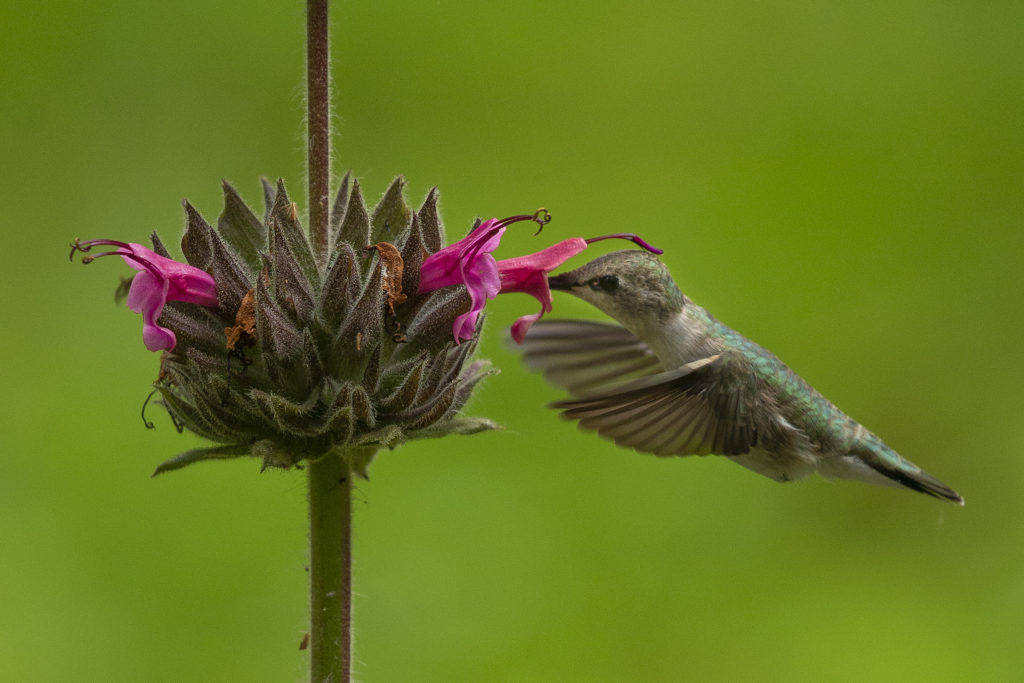
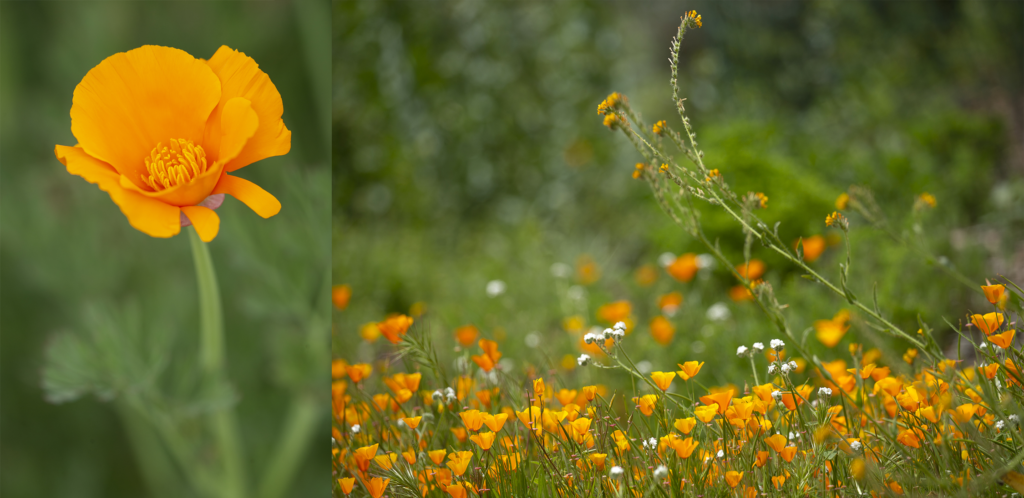
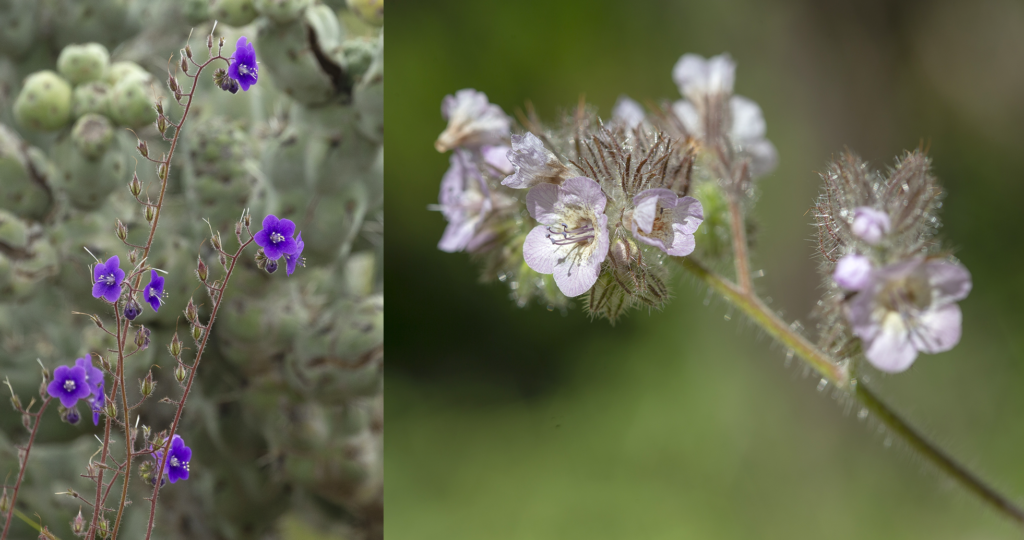
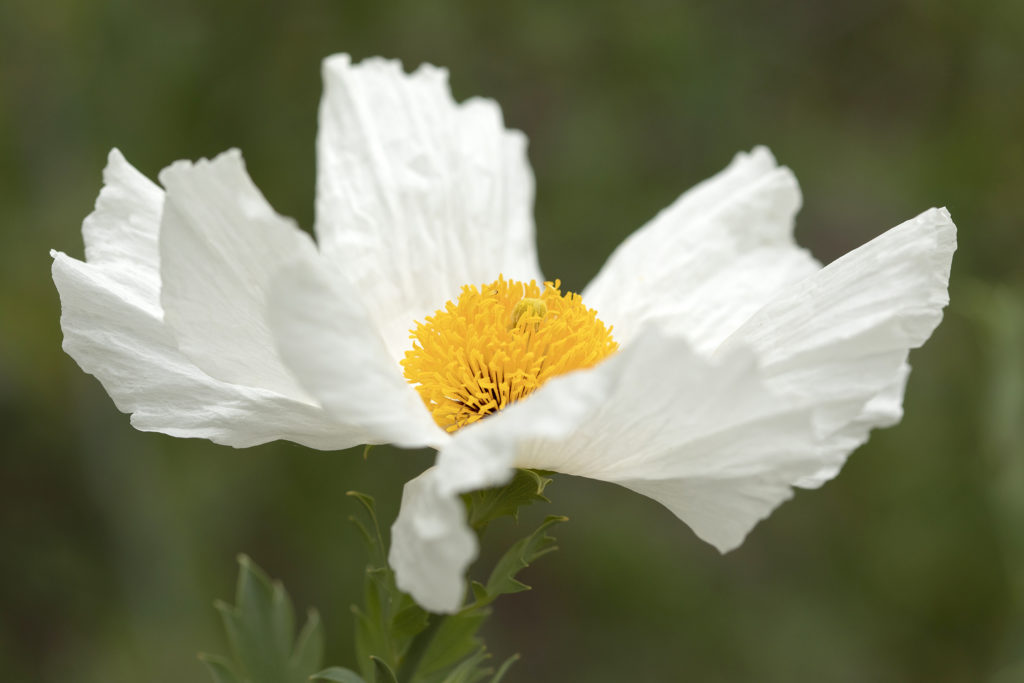
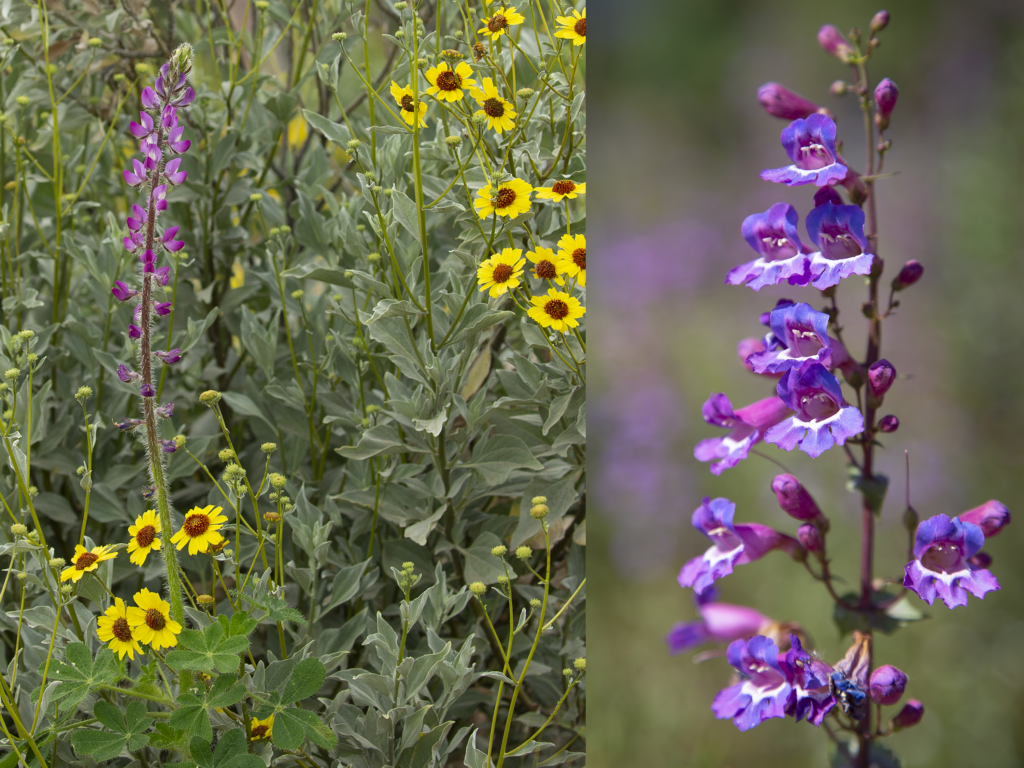

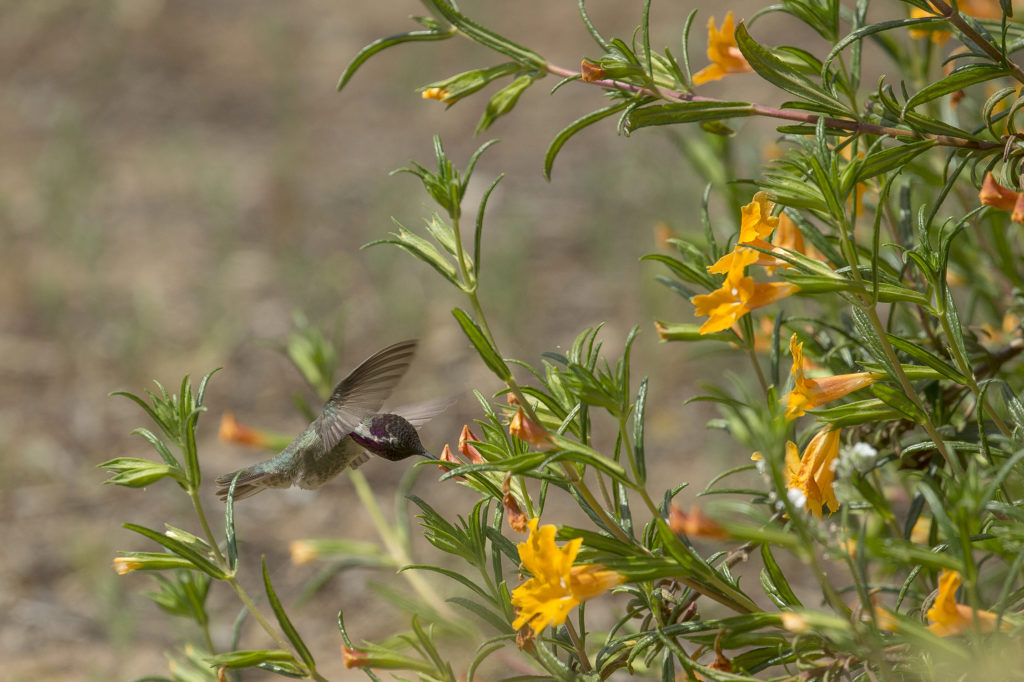
It’s nice to see that the local pollinators are just as interested in the blooms as we are! Here’s hoping you get a chance to explore and enjoy the blossoming flowers in the county this spring.
Donna Parham is a staff writer for San Diego Zoo Global. Read her previous blog, Light as a Feather.




